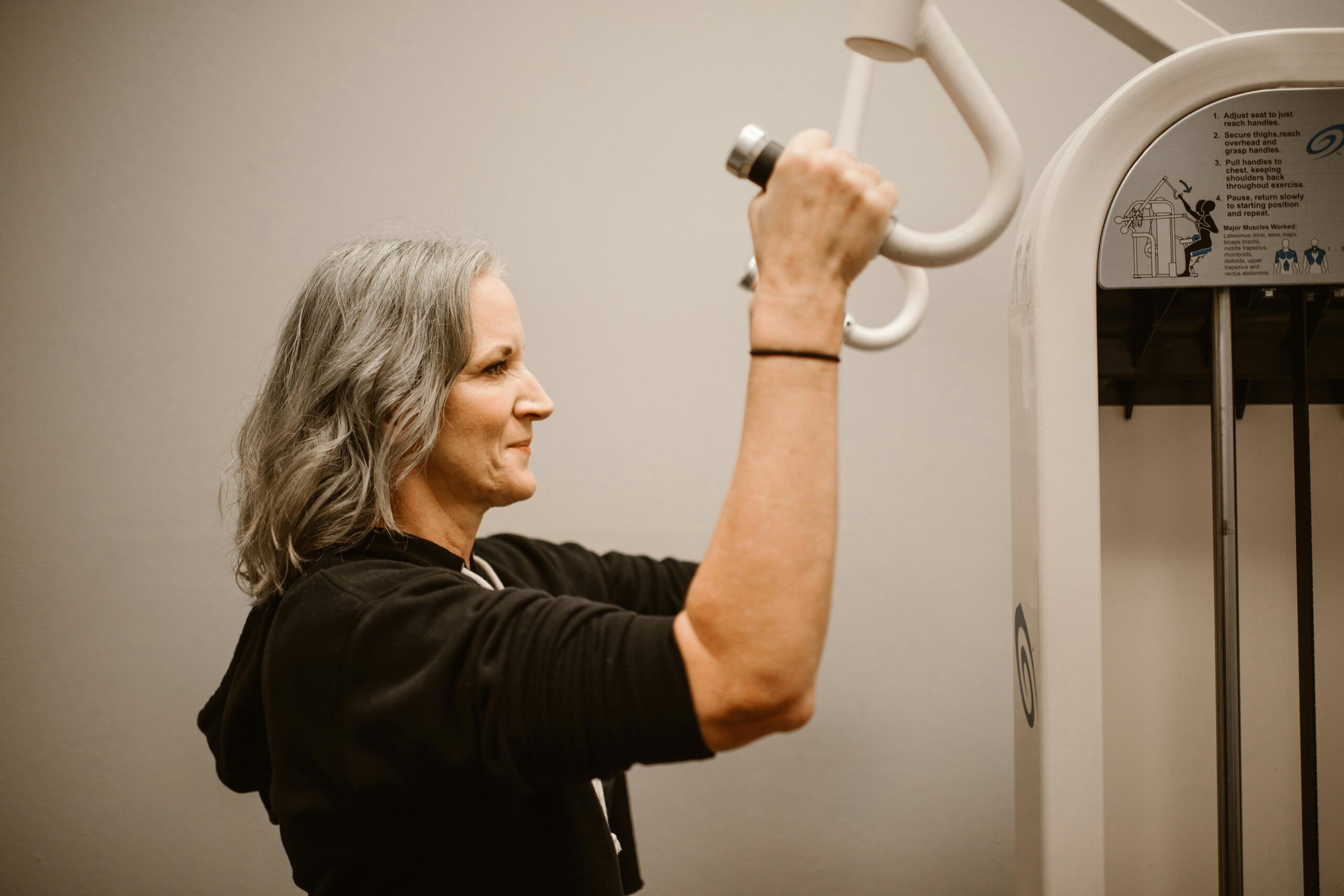| While menopause can sometimes cause fibroids to shrink due to the drop in estrogen levels, many women continue to experience symptoms such as pain and heavy bleeding even after menopause. Uterine Fibroid Embolization (UFE) offers a minimally invasive and highly effective treatment option that provides long-lasting relief without the need for a hysterectomy. With a shorter recovery time and preservation of the uterus, UFE is an excellent alternative for women seeking to avoid surgery. If you’re looking for an effective solution to fibroids, contact North Texas Fibroids today to learn more about UFE and schedule your consultation. |
Many women believe that menopause will resolve their uterine fibroid issues, as it marks the end of the reproductive years when hormone levels decrease. Since fibroids tend to grow in response to estrogen, it’s often assumed that the hormonal changes of menopause will shrink or eliminate fibroids.
However, while some women may experience a reduction in fibroid symptoms after menopause, this is not always the case.
Fibroids can continue to cause issues, and for many women, the symptoms persist well into their post-menopausal years.
What Is Menopause?
Menopause is the natural biological process marking the end of a woman’s menstrual cycles. It is officially diagnosed after 12 consecutive months without a period, typically occurring between ages 45 and 55.
During menopause, the ovaries stop producing most of the body’s estrogen, which is the hormone that stimulates the growth of uterine fibroids.
Although fibroid growth may slow or stop due to lower estrogen levels, pre-existing fibroids can still cause symptoms such as heavy bleeding, pelvic pain, or pressure, even after menopause.
Risk Factors For Developing Fibroids
There are a few conditions and unique demographics that can contribute to your likelihood of developing uterine fibroids such as:
- Hypertension (high blood pressure)
- Obesity
- Low vitamin D levels
- A family history of uterine fibroid
- An extended period of extreme stress
- No history of pregnancy
- African American ethnicity
- Being 40+ years of age
Dangers of Leaving Fibroids Untreated
Leaving fibroids untreated, especially if they cause symptoms, can lead to significant health issues. Untreated fibroids can continue to grow and result in complications, such as:
- Severe anemia: Excessive menstrual bleeding caused by fibroids can lead to anemia, which may require treatment and can cause fatigue, dizziness, and weakness.
- Chronic pain: Fibroids can cause ongoing pelvic pain or pressure, particularly as they increase in size.
- Bladder and bowel issues: Large fibroids can press against the bladder or bowel, leading to urinary frequency, urgency, or constipation.
Ignoring fibroid symptoms may also lead to worsened quality of life, as pain, discomfort, and bleeding can interfere with daily activities. Seeking timely treatment is important to prevent these complications.
What Is Uterine Fibroid Embolization (UFE)?
Uterine Fibroid Embolization (UFE) is a minimally invasive procedure used to treat fibroids without the need for major surgery. UFE works by cutting off the blood supply to the fibroids, causing them to shrink and eventually die.
This procedure is highly effective in relieving symptoms such as heavy bleeding, pelvic pain, and pressure, while allowing women to preserve their uterus.
How Does UFE Work?
UFE is performed by an interventional radiologist and usually takes about one hour. The procedure involves:
- Local anesthesia: The patient is numbed at the entry site, typically the groin or wrist, and a small catheter is inserted into an artery.
- Guided catheter placement: Using X-ray imaging, the catheter is guided to the uterine arteries that supply blood to the fibroids.
- Blocking blood flow: Tiny particles are injected through the catheter to block the blood vessels feeding the fibroids. Without blood flow, the fibroids shrink and symptoms improve over time.
UFE offers several key benefits compared to more invasive treatments, such as hysterectomy:
- Minimally invasive: No major incisions are required, making recovery much quicker than traditional surgery.
- Preserves the uterus: Unlike a hysterectomy, UFE allows women to retain their uterus, which can be important for those who want to avoid surgery or maintain fertility.
- High success rate: UFE effectively reduces or eliminates fibroid symptoms in most patients, with a low risk of complications.
- Shorter recovery time: Most patients can return to their normal activities within one to two weeks, far less time than required after a hysterectomy.
Aftercare Tips Following UFE
After undergoing Uterine Fibroid Embolization, it’s essential to follow proper aftercare instructions to ensure a smooth recovery and optimal results:
- Rest and avoid strenuous activities: Take it easy for the first few days after the procedure, and avoid heavy lifting or intense physical activity for at least one week.
- Stay hydrated: Drinking plenty of water can help flush the particles used during the procedure from your system and aid in recovery.
- Take prescribed medications: Your doctor may prescribe pain relievers to manage any discomfort or cramping in the days following UFE. Be sure to follow all medication instructions carefully.
- Wear loose-fitting clothing: This can help reduce irritation and pressure on the entry site.
- Follow up with your doctor: Attend any scheduled follow-up appointments to monitor your progress and ensure the fibroids are shrinking as expected.
Take Control of Your Fibroid Health with UFE At North Texas Fibroids
If you’re dealing with fibroid symptoms and unsure if menopause will provide relief, Uterine Fibroid Embolization offers a safe and effective alternative to surgery. UFE can help you find long-lasting relief without the need for a hysterectomy, allowing you to retain your uterus and enjoy a faster recovery.
Interested in learning more about UFE and how it can help you? Contact North Texas Fibroids today to schedule your consultation and take control of your fibroid health.
Frequently Asked Questions (FAQ)
Does menopause shrink fibroids?
While some fibroids may shrink after menopause due to the decline in estrogen, this isn’t always the case. Many women continue to experience fibroid-related symptoms after menopause, making treatment like UFE necessary.
Is UFE painful?
Most patients experience mild to moderate discomfort after the procedure, particularly in the first few days, as the fibroids begin to shrink. Pain can be managed with prescribed medications and typically subsides within a week.
How long does it take to see results from UFE?
Many patients notice symptom relief within a few weeks after UFE. However, it can take several months for fibroids to shrink significantly, and full results may take up to six months.
Will fibroids come back after UFE?
UFE is highly effective at treating existing fibroids, but new fibroids can develop over time. That said, most patients experience long-lasting symptom relief after UFE.
Is UFE safe?
Yes, UFE is a safe and well-established procedure with a high success rate. Complications are rare, but like any procedure, UFE carries some risks, which your doctor will discuss with you during your consultation.

